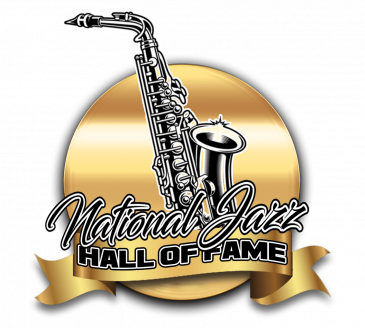
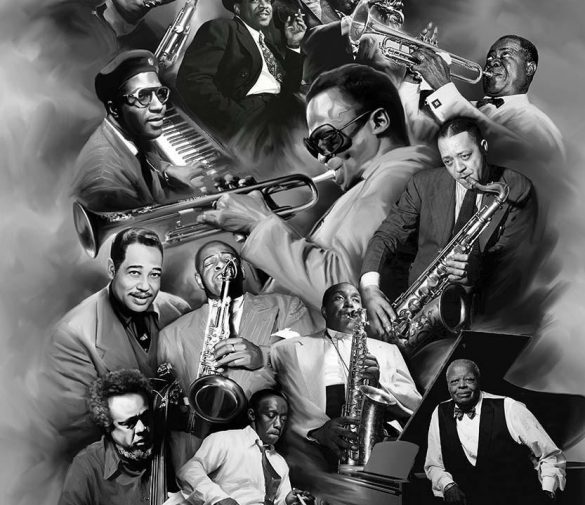
The National Jazz Hall of Fame is the official hall of fame for the history of Jazz Music.
National Jazz Hall of Fame
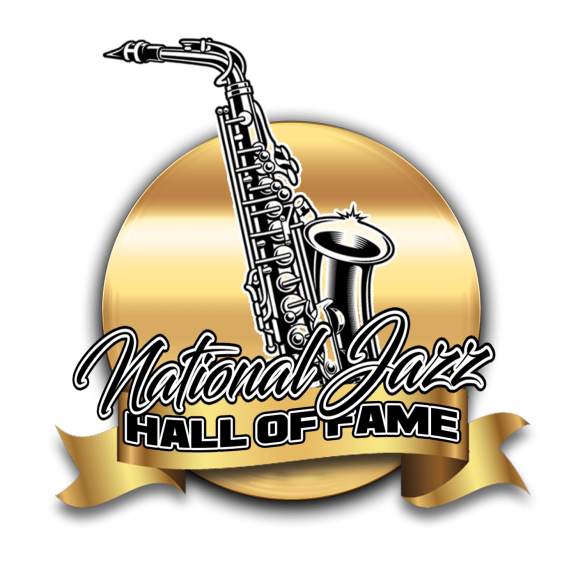
The National Jazz Hall of Fame was founded by LaMont Robinson, who is a lover of Jazz music and its history. Due to the rich history of jazz music, the 15,000 sq. ft. state-of-the-art complex that's in conjunction with the National Rhythm & Blues Hall of Fame project. The National Jazz Hall of Fame shows the history of this jazz music, through 21st Century technology.
The National Jazz Hall of Fame is the official hall of fame for jazz music and its legends. Most jazz halls of fame and museums are based on their city or state jazz history. This hall of fame is based on the world of jazz history.
Jazz is a music genre that originated in the African-American communities of New Orleans, Louisiana, United States, in the late 19th and early 20th centuries, with its roots in blues and ragtime. Since the 1920s Jazz Age, it has been recognized as a major form of musical expression in traditional and popular music, linked by the common bonds of African-American and European-American musical parentage. Jazz is characterized by swing and blue notes, complex chords, call-and-response vocals, polyrhythms, and improvisation. Jazz has roots in European Harmony and African rhythmic rituals.
As jazz spread around the world, it drew on national, regional, and local musical cultures, which gave rise to different styles. New Orleans jazz began in the early 1910s, combining earlier brass-band marches, French quadrilles, biguine, ragtime, and blues with collective polyphonic improvisation. In the 1930s, arranged dance-oriented swing big bands, Kansas City jazz, a hard-swinging, bluesy, improvisational style, and gypsy jazz (a style that emphasized musette waltzes) were the prominent styles. Bebop emerged in the 1940s, shifting jazz from danceable popular music toward a more challenging “musician’s music” which was played at faster tempos and used more chord-based improvisation. Cool jazz developed near the end of the 1940s, introducing calmer, smoother sounds and long, linear melodic lines.
The mid-1950s saw the emergence of hard bop, which introduced influences from rhythm and blues, gospel, and blues, especially in saxophone and piano playing. Modal jazz developed in the late 1950s, using the mode, or musical scale, as the basis of musical structure and improvisation, as did free jazz, which explored playing without regular meter, beat, and formal structures. Jazz-rock fusion appeared in the late 1960s and early 1970s, combining jazz improvisation with rock music’s rhythms, electric instruments, and highly amplified stage sound. In the early 1980s, a commercial form of jazz fusion called smooth jazz became successful, garnering significant radio airplay. Other styles and genres abound in the 2000s, such as Latin and Afro-Cuban jazz.
The National Jazz Hall of Fame is a state-of-the-art, one-of-its-kind world-class complex for the world of jazz and its legends. The National Jazz Hall of Fame hosts a black-tie annual induction ceremony to honor the legends and unsung jazz greats from the singers, musicians, big bands, writers, composers, managers, club owners, promoters, etc..
National Jazz Hall of Fame Class of 2022
Louis Armstrong
Count Basie
Duke Ellington
Miles Davis
John Coltrane
Thelonious Monk
Ella Fitzgerald
Billie Holiday
Charlie Parker
Art Tatum
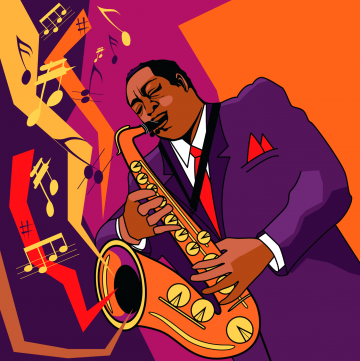
The National Jazz Hall of Fame:
• Jazz Hall of Fame Experience
• Jazz Halls of Honor
• The Jazz Clubs Tour
• The Jazz Big Bands
• The Women of Jazz
• The Armstrong-Ellington-Gillespie-Miller Wing
• The Jazz Legends Room of Wax
• The Jazz Art & Vintage Posters Gallery
• The Jazz Cigar Lounge
• National Jazz Walk of Fame
• National Jazz Music Youth After-School Academy
• LaMont's House of Jazz (150-200 seat supper jazz club with a stage. The room is made up with jazz memorabilia and vintage wall photographs)
National Jazz Hall of Fame
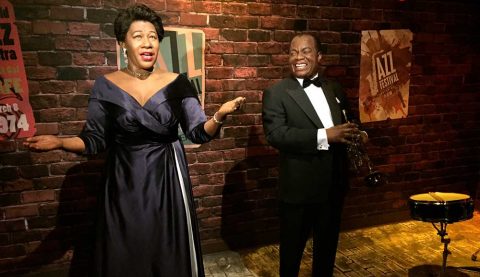
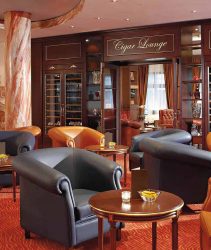
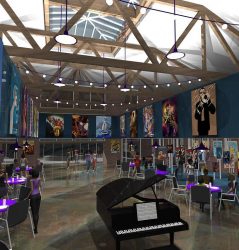

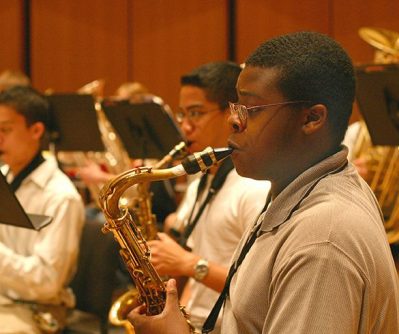
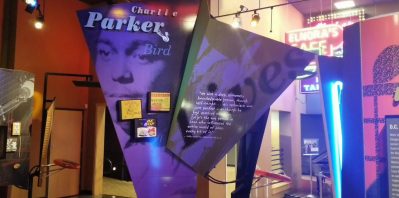
Leave us a message
